Fröslev
Denmark was attacked at the same time as Norway on April 9, 1940, but unlike Norway, Denmark surrendered without a fight. Denmark had been promised to keep its political independence in domestic policy matters, including decisions about Jews living in Denmark. Still, of Denmark’s approximately 5,000 Jews, about 500 were surrendered to the germans. Of these, about 50 died. The number of concentration camps was also low compared to other occupied states, but as the military setbacks in 1944 increased, Danes also risked being deported to camps in Germany. To avoid this, the Danish authorities recommended that a camp be set up in Denmark to imprison Danes. Danish authorities had hopes that Danish citizens would thus have a greater chance of survival than deported to concentration camps in Germany. The Germans agreed on this and in Fröslev, right next to the border with Germany, a Polizeigefangenenenlager was set up in August 1944. Until the capitulation of Germany in May, 1945, about 12,000 people were imprisoned. These were either suspected of association with the Danish resistance movement or simply anti-German. Of these, about 1,600 were deported to camps in Germany, of which more than 200 died. The conditions in Fröslev were acceptable in comparison to other camps.
Current status: Partly preserved/demolished with museum (2007).
Address: Lejrvej 83, 6330 Padborg.
Get there: Car.
Follow up in books: Kogon, Eugen: The Theory and Practice of Hell: The German Concentration Camps and the System Behind Them (2006).
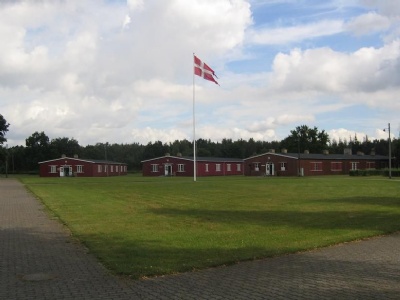
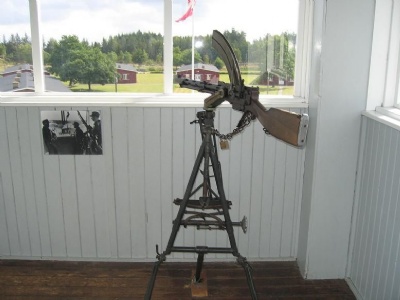
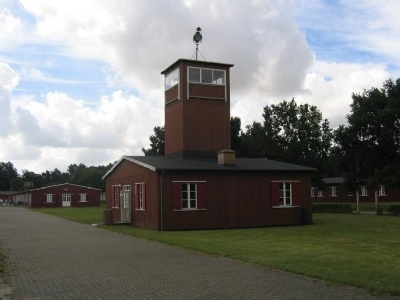
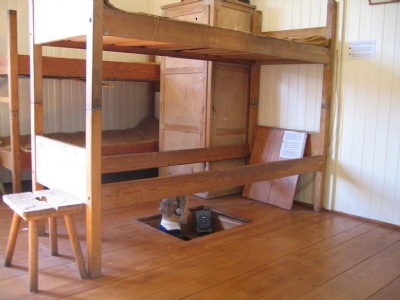
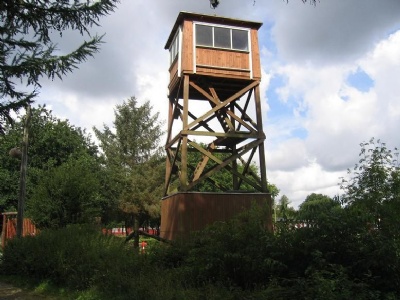
After the war, the camp was used until 1949 to house Danish collaborators, then until 1984 it was used by the military. After the military left the camp, they did not know what to do with it. Demolition was an option, but they wisely decided that the camp would be preserved as a museum. When it was decided that the camp would become a museum, it was also decided to renovate the remaining buildings, but in my opinion, a big mistake was made. When renovating old historical buildings, it is important not to make too big interventions and changes because then there will be a risk that it will be a reconstruction of history, and that’s exactly what happened in Fröslev. The renovation meant that the camp simply looks too new and modern and thus fails to convey that sense of history in a credible way.